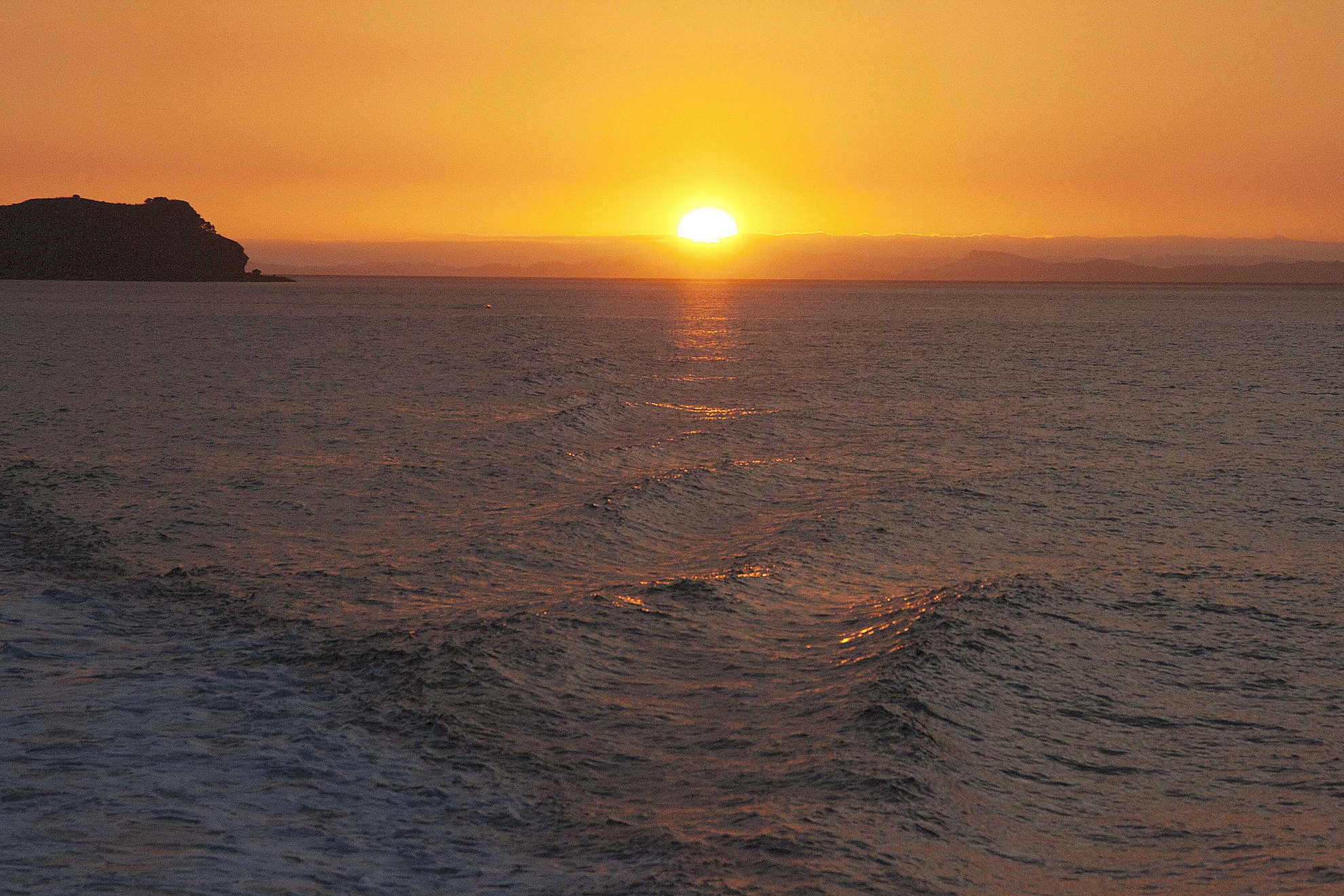Case study – Revive our Gulf

Sub-tidal green-lipped mussels once covered over 500km2 of reefs throughout much of the Firth of Thames and Tamaki Strait, forming one of New Zealand’s most productive shallow water ecosystems.
1783
From the early 1990s, these mussel beds were dredged for around five decades, until the commercial fishery collapsed. The damaged mussel beds never recovered, resulting in the loss of habitat and alteration of food webs as they gradually turned to less productive mud.
2262
Mussels are powerful filter feeders. A single mussel is capable of passing 350 litres or a bathtub of water a day through its gills, secreting nutrients that support other marine life at the same time. 1785 In their original numbers, the waters of the Firth would have been filtered daily, but with the few mussels left, filtering is anticipated to take two years. Without the filtering abilities of the mussels, the waters of the Hauraki Gulf have become murkier and more vulnerable to the effects of increasing nutrient run off.
In efforts to restore the mussel beds of the Hauraki Gulf, the Mussel Reef Restoration Trust set up the Revive Our Gulf initiative in 2012. In December 2013 the first seven tonnes of mussels, stock donated by North Island Mussels Limited, were deposited in the Gulf. They were used to create seven ‘living room’ size trial plots in a sheltered bay off eastern Waiheke Island. 1786 The plots are being monitored by a student from the University of Auckland, as part of work towards a doctorate. Within the first six months, there have been reports of spat starting to settle, an early signal of a self-sustaining reef. 1787 Snapper and starfish have been attracted to the plots as the mussels provide a valuable source of food. In addition, new habitat has been provided to invertebrates and fish which have started to colonise the beds.
With the assistance of New Zealand’s aquaculture industry, the Hauraki Gulf’s mussel reefs are being re-introduced and re-established. It is hoped that water quality can be improved, and fish life will once again flourish, amidst the newly created habitat. Revive Our Gulf Chairman John Laurence said the group planned partnerships with mussel farms to utilise reject mussels for further field trials and initiatives to build awareness about the project’s potential: “Our vision is to prove a technology and then provide it to communities around the Gulf to enhance environmental quality”. This project highlights how valuable industry support can be to delivering marine restoration projects.
-
http://www.nzherald.co.nz/nz/news/article.cfm?c_id=1&objectid=10860099
-
http://www.marine.auckland.ac.nz/en/about/our-research/featured-research/reestablishing-mussel-beds.html
-
http://www.reviveourgulf.org.nz/resources/Aquaculture%20NZ%20June%202014%20ROG.pdf
-
http://www.reviveourgulf.org.nz/resources/Aquaculture%20NZ%20June%202014%20ROG.pdf
-
http://www.reviveourgulf.org.nz/resources/Paul-(2012)-FoT-Mussels-AEBR-94.pdf
Last updated at 1:31PM on February 25, 2015